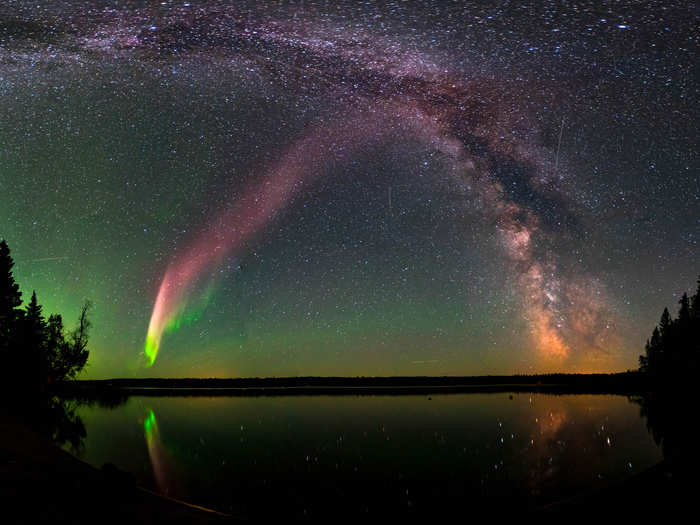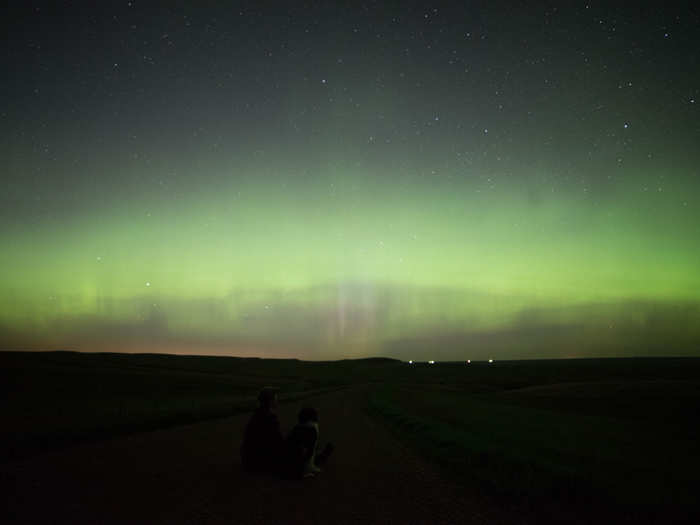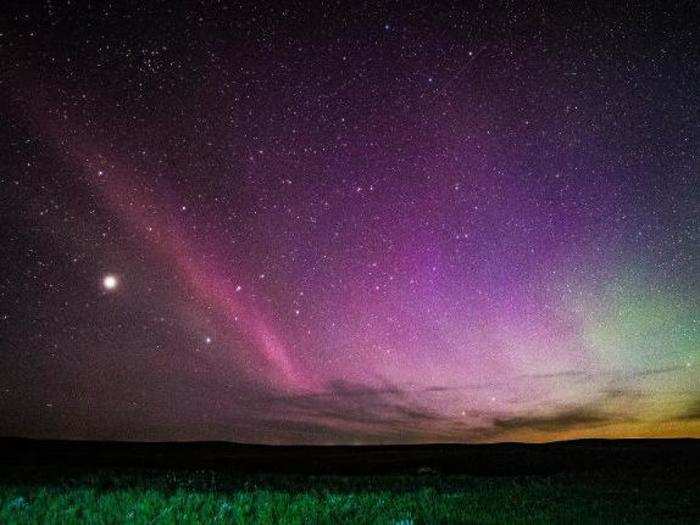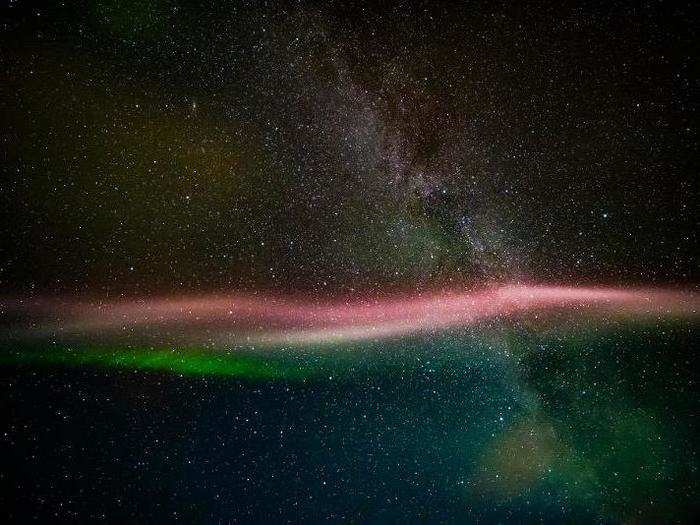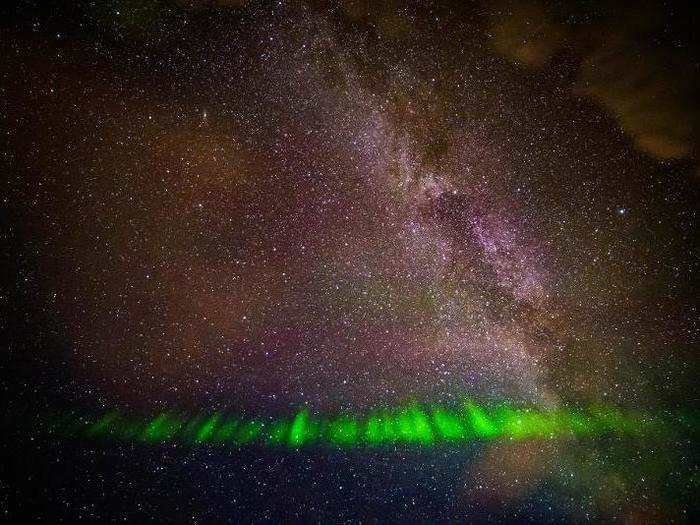Amateur astronomers discovered a new type of aurora that you can see much farther south - and they named it 'Steve'
After comparing the images the amateurs submitted with satellite data, the NASA researchers found they were looking at a whole new type of aurora.
Popular Right Now
Popular Keywords
Advertisement

